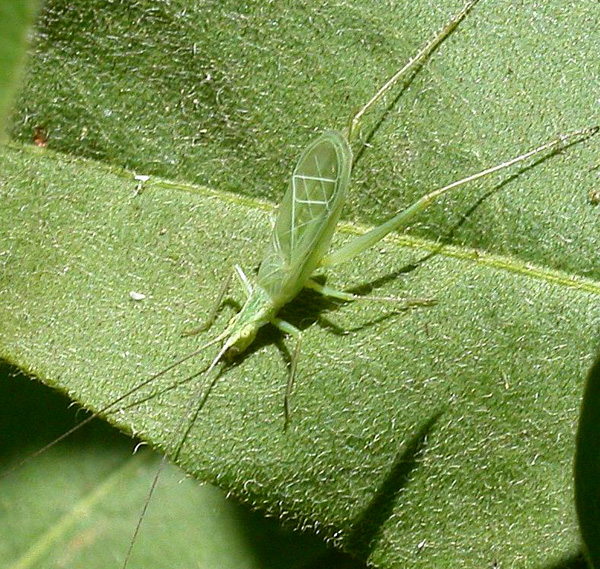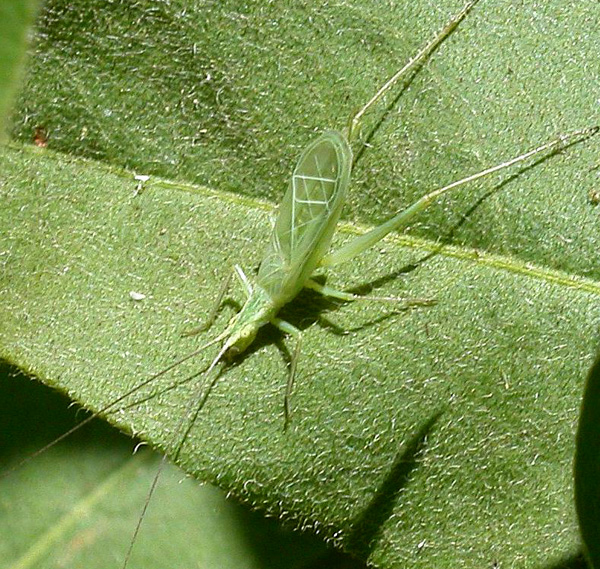BY HARRY WEEKES
 Early in the fall, during those wonderful days that mark September, the evening air around my house, and across the sage for as far as I can acoustically project, is enveloped in constant and pleasant humming. I would call this chirping, but I associate chirping with higher pitches and more distinct intervals. No, this sound is similar to one you create fluttering your tongue and humming at the same time—there are distinct pulses, but they all run together.
Early in the fall, during those wonderful days that mark September, the evening air around my house, and across the sage for as far as I can acoustically project, is enveloped in constant and pleasant humming. I would call this chirping, but I associate chirping with higher pitches and more distinct intervals. No, this sound is similar to one you create fluttering your tongue and humming at the same time—there are distinct pulses, but they all run together.
Invariably, there comes a time when this humming goes from distant to near. As in, really near. As in, inside-the-house near. I walk to the windows and look for the source, which I know will be a smallish brown insect, about an inch long, perched somewhere on a screen or near a window.
I have found there is a certain quality to our minds where random words either pop up, apparently unsolicited, or emerge with the slightest provocation. For the last couple of years, this is how I identified these insects as “green lacewings,” having no real idea if this is what they were or why I would think that.
Another quality of this randomness, for me, is this other little voice that says, “Are you sure?” (when it’s being kind) and “You’re wrong” (when it’s being a little more direct).
So, I took the opportunity to pay more attention this fall and stood and stared at the different lacewings. I also researched them. And I started to notice some things. First, these weren’t green. All of the ones I came across where a really light brown. Then, the insects on my window were pretty leggy in the back, with long antennae. Not very lacewing-y. Finally, when they “sang,” the “voice” of this insect erupted from its wings, which it held almost perpendicular to its body and which it moved back and forth in a blurry quickness. All of this was very different than what I read about lacewings, which make noise by thumping their abdomens on the ground.
This fall I was introduced to the saying, “Read the map, not your mind.” In navigation, a common mistake is for people to assume they know where they are going and what they are looking for, and then impose those ideas on the map, reading the map how they want to, not as it is.
Green lacewings? No matter how much I tried to make this animal a green lacewing, everything I was seeing and hearing and otherwise experiencing was pointing to something else. And that something else was there all along, since everyone says it: “Did you hear the crickets?”
Crickets in my house are plump things that creep along the floorboards and make great chaotic jumps every time I try and catch them. They definitely do not cling to the screens. But tree crickets do. In fact, tree crickets in our area can be light brown, they usually start calling in the evening, in the fall, they have long and even oversized back legs, and they sing by stridulation—moving their wings quickly back and forth over one another.
I have found something interesting about “being less wrong”—it opens me to a different kind of interaction. It makes me look a little more at the things that are around me. It opens up a whole lot of discovery.
Now, all I have to figure out is which one of the over 900 species of crickets this is.
Harry Weekes is the founder and head of school at The Sage School in Hailey. This is his 47th year in the Wood River Valley, where he lives with Hilary and two of their three baby adults—Penelope and Simon. The other member of the flock, Georgia, is currently fledging at Davidson College in North Carolina.



